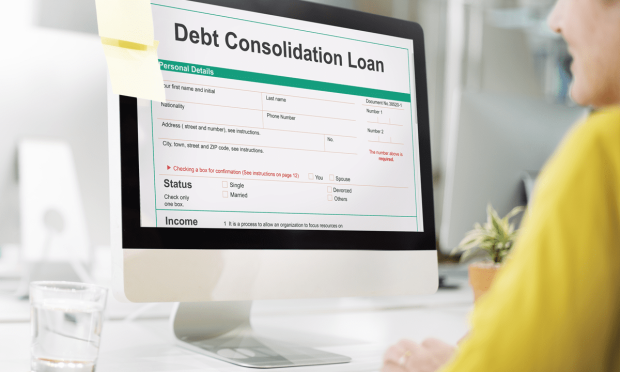Rising Card Delinquencies Fuel Demand for Debt Consolidation Loans

In navigating the credit cycle, in getting ready for what comes next, prudence is the best policy.
Not just for the lenders — for the borrowers, too.
So far into earnings season, the banking and credit card companies have noted that consumer has remained resilient, that credit trends, as measured in delinquencies and chargeoffs, are worsening, just a bit, but not falling off a cliff.
To that end, and in digging through the filings and commentary, the lenders are doing what they must — which means boosting their provisions for credit losses. Discover Financial is among one of the more recent firms to show that financial performance has been strong, and that the digital shift proceeds apace.
But there are some metrics that bear watching that point to the continued pressures that might stress the paycheck-to-paycheck economy in particular. As for the consumers themselves, there’s an increased enthusiasm for debt consolidation, which indicates a strategic approach of their own to manage debt’s increasing burden.
In supplementals and earnings results from the company released last week, the credit card 30-day delinquency rate was up to 2.1% in the most recent quarter, up from 1.8% in the second quarter of this year and 1.5% last year. And digging a bit deeper, we see that the delinquency rate on private student loans was 1.9%, up from 1.6%.
Coming Off a Low Base
It still remains the case that these delinquencies are coming off of quite low bases and the total loan reserve rate stands at 6.7%, better than the 7.7% seen last year. Discover’s management has noted that, in the words of CFO John Greene, the company is “not seeing evidence of emerging credit stress beyond normal expected normalization. Delinquencies among our lower prime segment have been normalized, but in upper prime delinquencies and charge-offs remain below pre-pandemic levels.”
In that qualitative assessment, and in our estimation, management has hinted at a bifurcation of the stresses seen among various cohorts of borrowers. Spending remains healthy, as spending over the Discover network was up 15%, driven by card spending, and in particular, Diners volume was up 34%, reflecting growth in T&E spending. That last data point echoes the snapback in that vertical’s spending, as reflected in Visa’s and Mastercard’s own commentary.
The delinquency rates show that there is at least some juggling, and triaging of expenses. As PYMNTS’ data has shown, consumers would prioritize mobile phones and credit card bills over other expenses. Sixty percent would prioritize their phones, and 55% would put credit cards at the top of the list. That shows a recognition of the prioritizing of credit cards — actually tackling that monthly debt obligation increasingly is a challenge. Other PYMNTS data shows that paycheck-to-paycheck consumers are three times as likely to take on credit card debt as non-P2P brethren. Among cardholders living paycheck to paycheck, 34% of those without issues paying monthly bills and 47% of those who struggle to pay their bills “always” or “usually” have a revolving balance. Just 12% of consumers not living paycheck to paycheck “always” or “usually” revolve credit.
Loan Consolidation’s Appeal
Increasingly, debt consolidation and lower rates paid on that debt are proving an avenue of some relief — prudence on the part of the borrowers. Discover’s management said on the call that personal loans on the books were up 11.4% year on year and 7.4% quarter on quarter to $7.7 billion. As CEO Robert Hochschild said on a call, “a rising rate environment creates a lot of focus on debt consolidation, which is the primary use of our personal loans.”
Looking ahead, management expects loan growth to be in the high teens percentage points, up from previous low teens estimation, indicating that consumers continue to mull their options.
